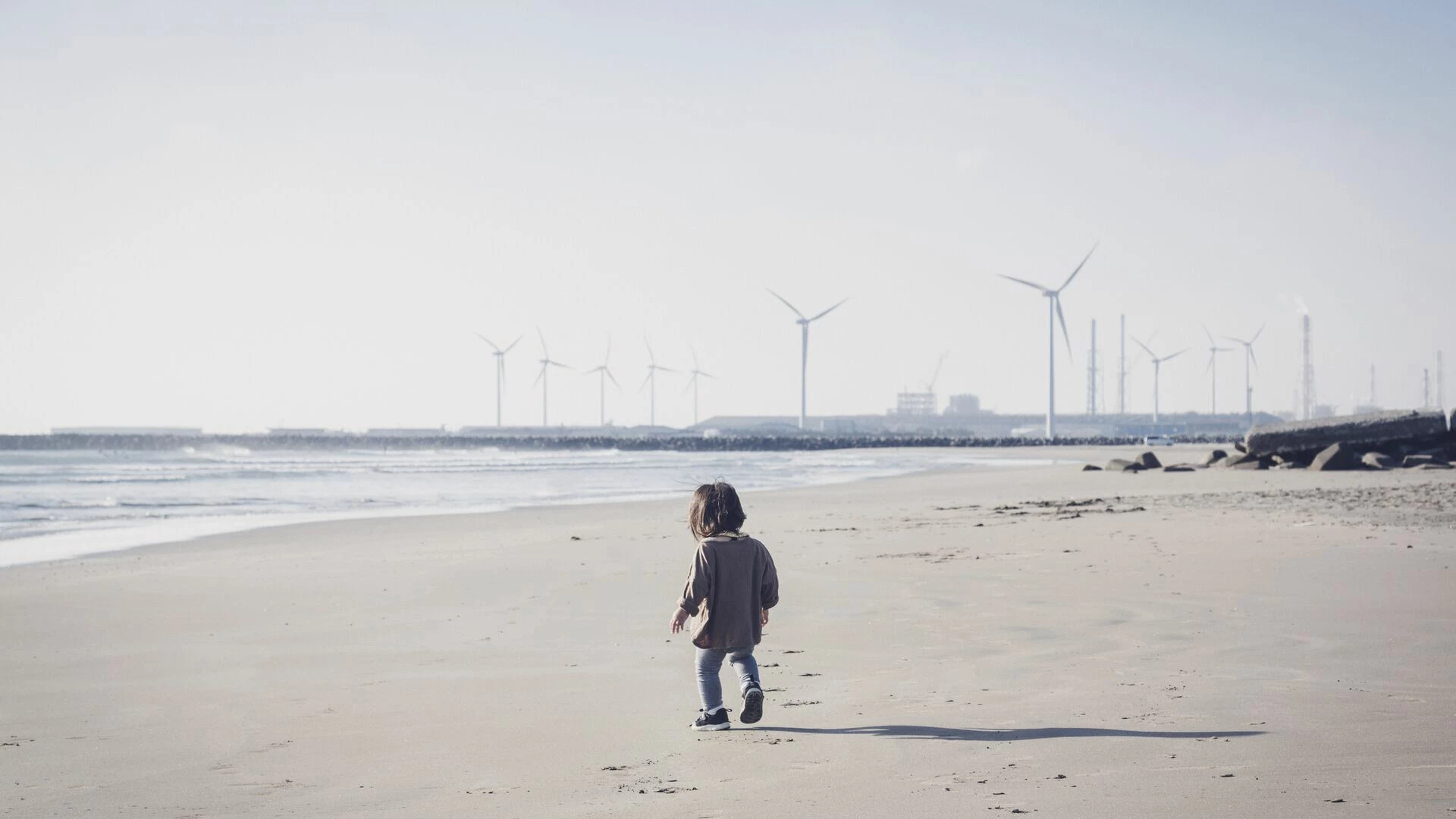How does it work?
Money from the bond is used to finance or refinance sustainability-linked loans that have been selected to be part of the SLL Funding asset pool. Loans in the pool must:
- Be aligned to the Sustainability-linked Bond Principles
- Contribute to combating climate change, for example through the reduction of greenhouse gas emissions or energy consumption
- Have key performance indicators (KPIs) and targets that are considered “material” and “ambitious” by an external reviewer
Once the suitable assets are identified, they are assessed by external provider ISS ESG, which also reviewed the funding framework.
A cross-functional Nordea committee will regularly review the asset pool, and if a sustainability-linked loan no longer complies with the required criteria, for example by failing to meet a relevant target, it will be removed from the pool. Nordea will also report annually on the performance of the underlying companies and KPIs on an aggregated basis.
Why did Nordea develop this framework?
As the largest financial services group in the Nordic region, we are well positioned to support our customers in the transition to net zero. While the SLL Funding framework is not “green” per se, it is designed to cater for the transition assets not included in Nordea’s green bond asset portfolio, but that still have a strong alignment to ambitious sustainability goals.
“Green bonds and the use-of-proceeds structure focus on what you do with the money now. Sustainability-linked loan structures, which set targets into the future, are about transitioning,” says Michaelsen, adding:
“With this bond, we’re giving investors an opportunity to confirm that they’re actively supporting the companies in their transition.”



